Telecommunications technology is an ever changing, adapting field in which solutions, systems and proprietary protocols can shift rapidly. It should come as no surprise that contractors and integrators may have a difficult time staying up to date with the different solutions available - take for example A/V connectivity. While connectivity is only one piece of a buildings infrastructure, in audio/visual applications alone there are dozens of potential products and product types to choose from. Dive into a breakdown of basic A/V connectivity, courtesy of Quiktron, an industry leader in A/V solutions:
Audio Jack
Audio jacks are used for transmitting analog signals, typically via 2.5mm, 3.5mm and 6.35mm sizes. They come in 2-contact (Tip-Sleeve), 3-contact (Tip-Ring-Sleeve) and 4-contact (Tip-Ring-Ring-Sleeve) varieties and are the oldest electrical connector still in use - from 1878! |
Banana Plug
Banana plugs, also known as banana connectors or 4mm connectors (although they aren't always 4mm) are single-wire electrical connectors. These are typically used for cables connecting amplifiers, loudspeakers and hi-fi sound systems. |
BNC Connector
BNC, or Bayonet Neill-Concelman, connectors are miniature radio frequency connectors used in conjunction with coaxial cabling. These connectors are usually used in applications requiring frequencies below 4Ghz and voltages below 500 volts. |
Component Video Connector
Component video connectors are a type of video electronics connector which transmits analog video signals through a combination of luminance (black and white intensities) and chrominance (color). Capable of carrying non-interlaced video and higher resolutions. |
Composite Video Connector
Composite video connectors transfer video information that is encoded on one channel, typically at a lower quality to S-video or component video technologies. Due to the ease of use and simpler implementation, this method of video transmission peaked in the 1980s with VCRs, home computers and older video game consoles. |
DVI Connector
The digital visual interface connector was created specifically to address ideo sources from display devices such as computer monitors. DVI connections support analog connectivity and VGA compatibility, leading to its widespread use.This connectivity was created by the Digital Display Working Group, launched in 1999. |
HDMI Connector
High-Definition Multimedia Interface connectors are a method of transferring video data and digital audio between a host of different devices. HDMI does not require signals to be converted, and is the replacement technology of older analog video standards. |
Modular Connector
A modular connector, also known as ethernet jacks, telephone jacks, RJ45 plugs and #P#C configurable modular plugs, is a widespread technology used in many different forms of electrical connectivity. |
Neutrik Speakon Connector
Speakon connectors are a type of professional audio connector originally manufactured by Neutrik for loudspeakers and amplifiers. These connectors are approximately 1 inch across and provide a host of benefits over normal connectivity options, including: locking connections, shielded from human touch (no shocks), they do not short out, and the chassis are airtight. |
S-Video Connector
S-Video is a standard signaling for standard definition video which transmits across two channels. The separation of black & white and color allows it overall superior image quality to composite video, but still lower resolution to component video connectivity. It is also known as 'Super-video' and Y/C connections. |
VGA Connector
Video Graphics Array connectors are the predecesor technoloy to DVI connectors. Mainly found in computer monitors and older televisions, this connector is a 15 pin RGBHV analog component video connector. |
XLR Connector
XLR connectors are a professional style of electrical connector which generally has 3 or 7 pins, a locking mechanism and is used in professional audio, video and stage lighting equipment. |
This short list is only the tip of the A/V connectivity iceberg, too. Different countries often have an expanded list of connectors, as do specialty and professional connectors for niche applications. How many of the connectivity types and technologies did you recognize?
For more information on Quiktron products, A/V solutions for your project or other telecommunications questions, please contact your local Accu-Tech representative today!
Images courtesy of wikipedia commons image library. Authors of the respective works can be found at the following locations:
- Audio Jack - http://en.wikipedia.org/wiki/File:Photo-audiojacks.jpg
- Banana Plug - http://en.wikipedia.org/wiki/File:Bananenstecker2.jpg
- BNC Connector - http://en.wikipedia.org/wiki/File:BNC_connector_%28male%29.jpg
- Component Video Connector - http://en.wikipedia.org/wiki/File:Component-cables.jpg
- Composite Video - http://en.wikipedia.org/wiki/File:Composite-video-cable.jpg
- DVI Connector - http://en.wikipedia.org/wiki/File:Dvi-cable.jpg
- HDMI Connector - http://en.wikipedia.org/wiki/File:HDMI-Connector.jpg
- Modular Connector - http://en.wikipedia.org/wiki/File:Rjxx.jpg
- Neutrik Speakon Connector - http://en.wikipedia.org/wiki/File:Neutrik_Speakon.jpg
- S-Video Connector - http://en.wikipedia.org/wiki/File:S-video-connection.jpg
- VGA Connector - http://en.wikipedia.org/wiki/File:Vga-cable.jpg
- XLR Connector - http://en.wikipedia.org/wiki/File:Xlr-connectors.jpg

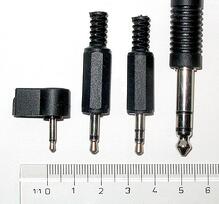
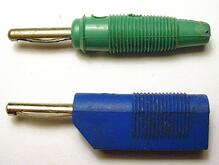
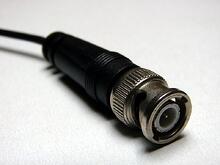
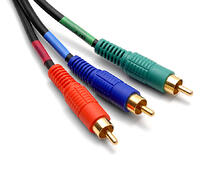
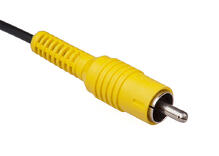
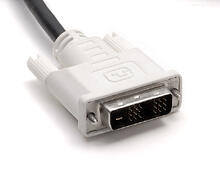
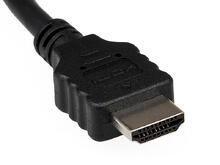
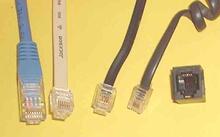
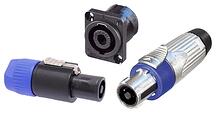
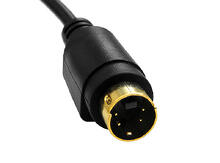
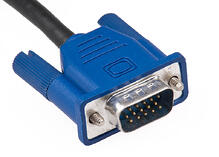
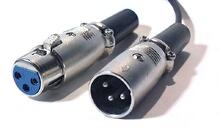

.png?width=58&height=58&name=X_logo_2023_(white).png)
